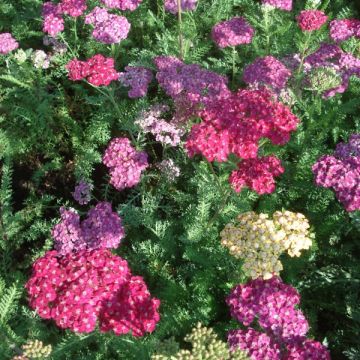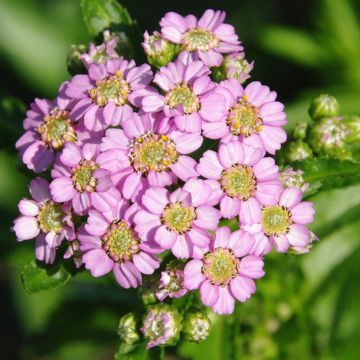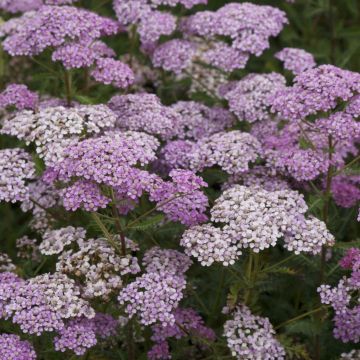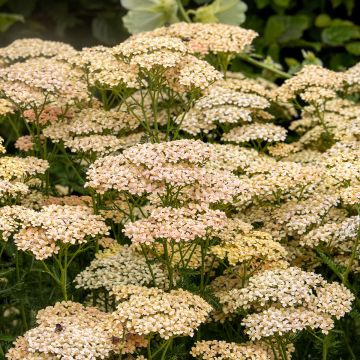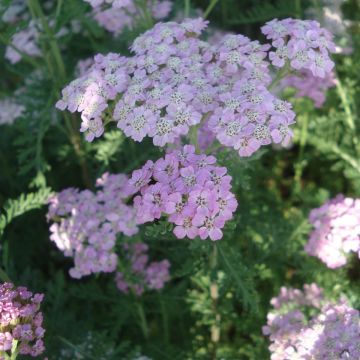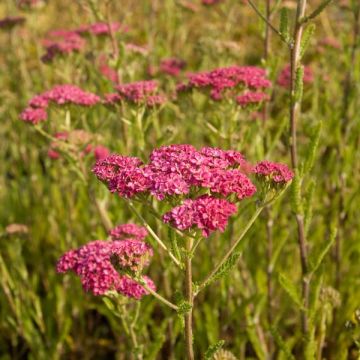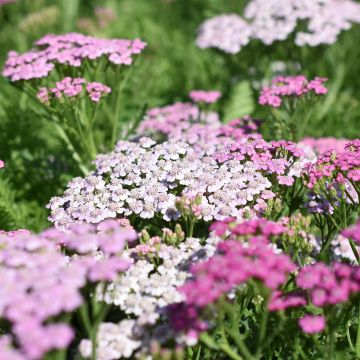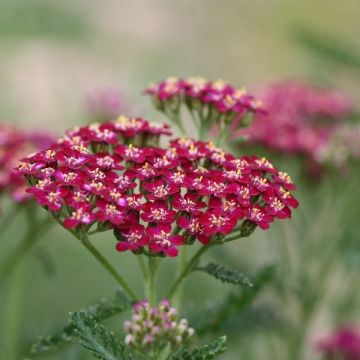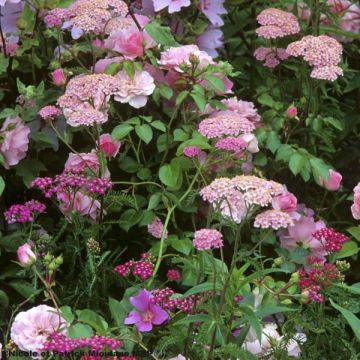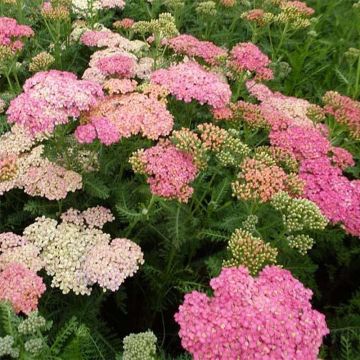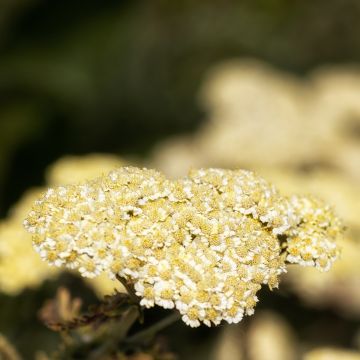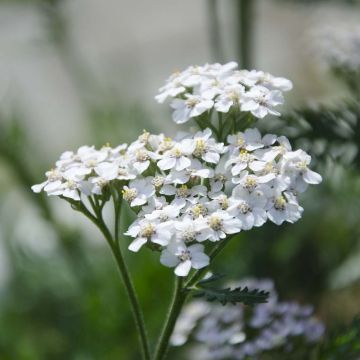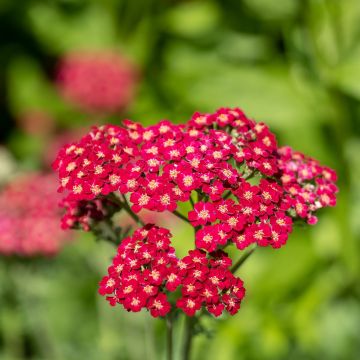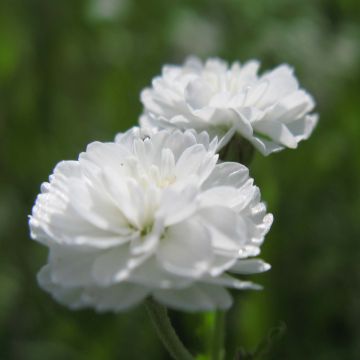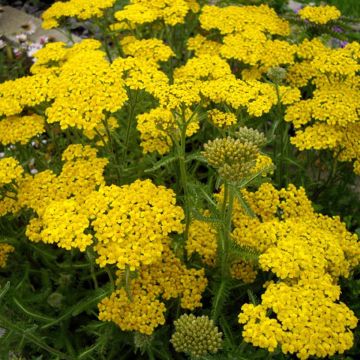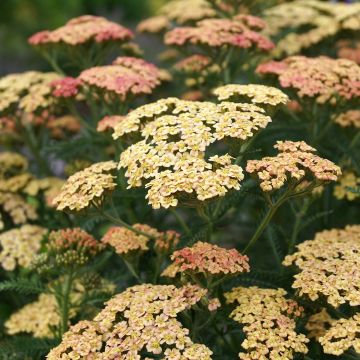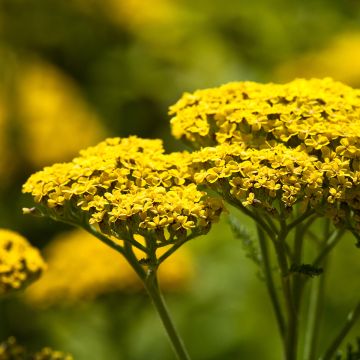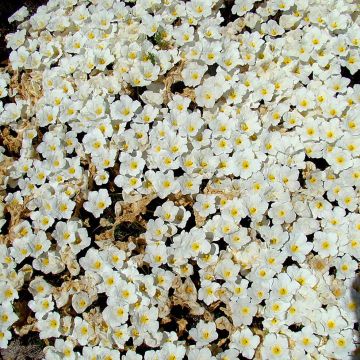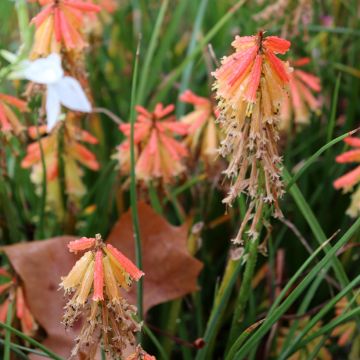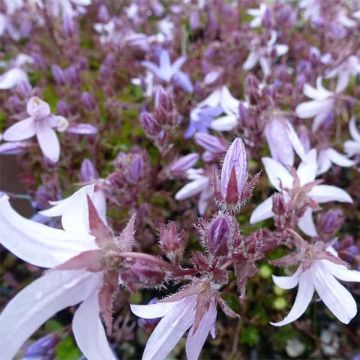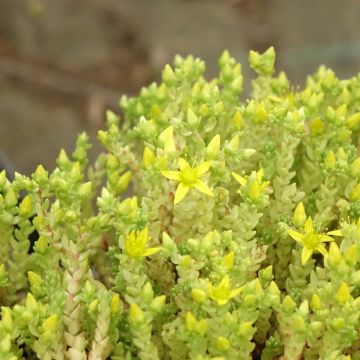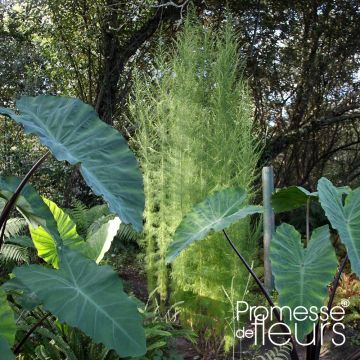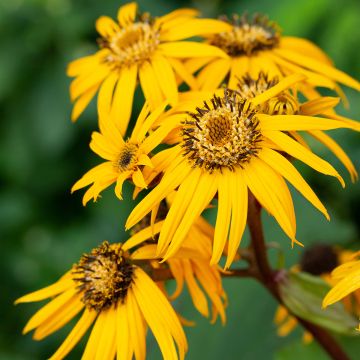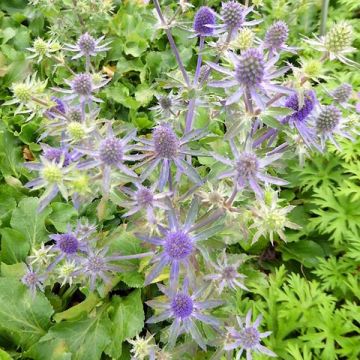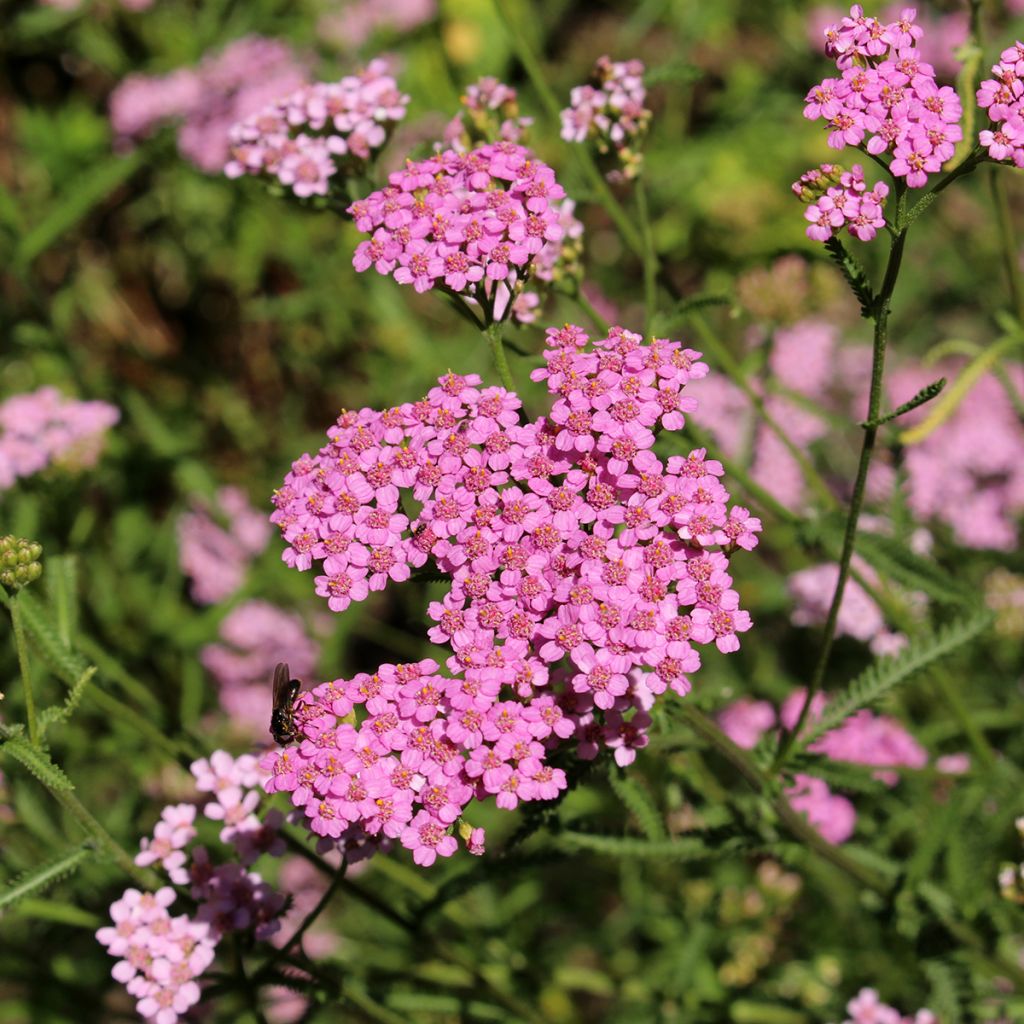

Achillea asplenifolia
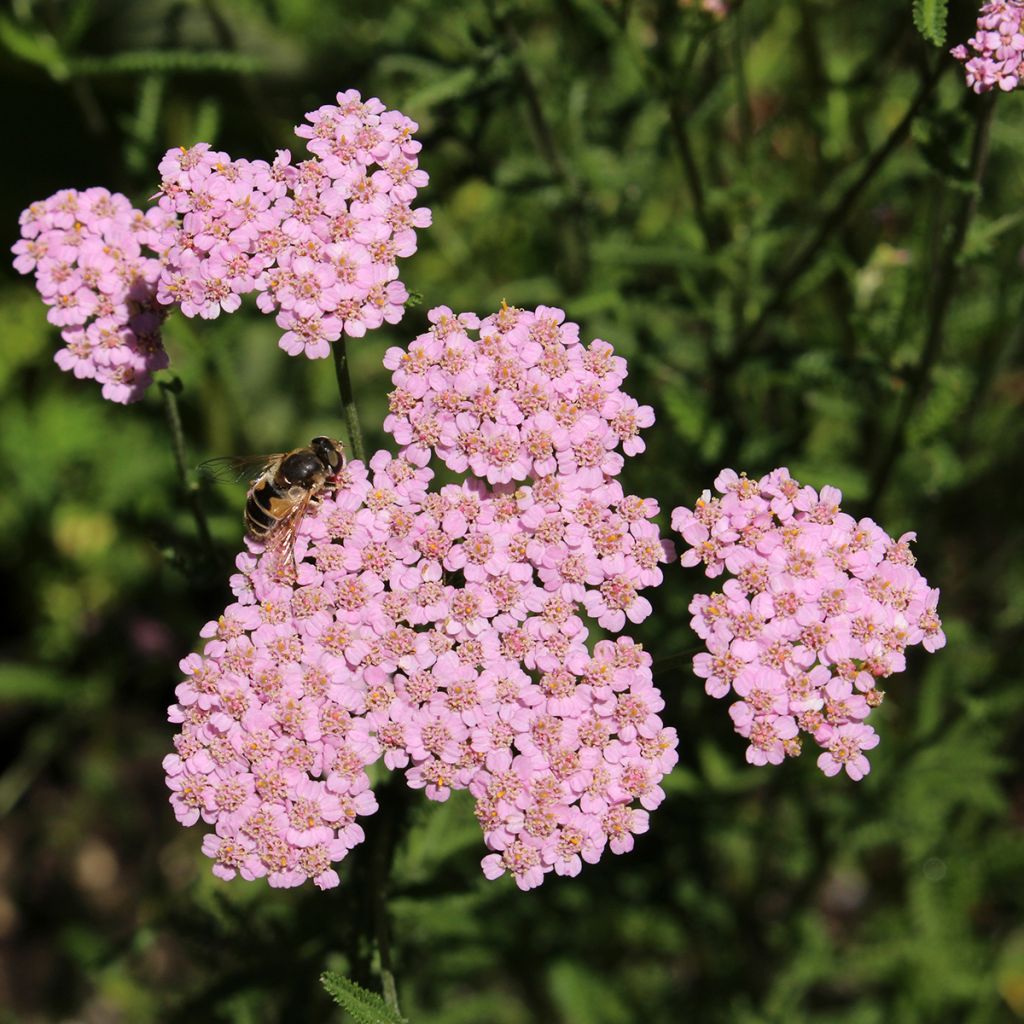

Achillea asplenifolia
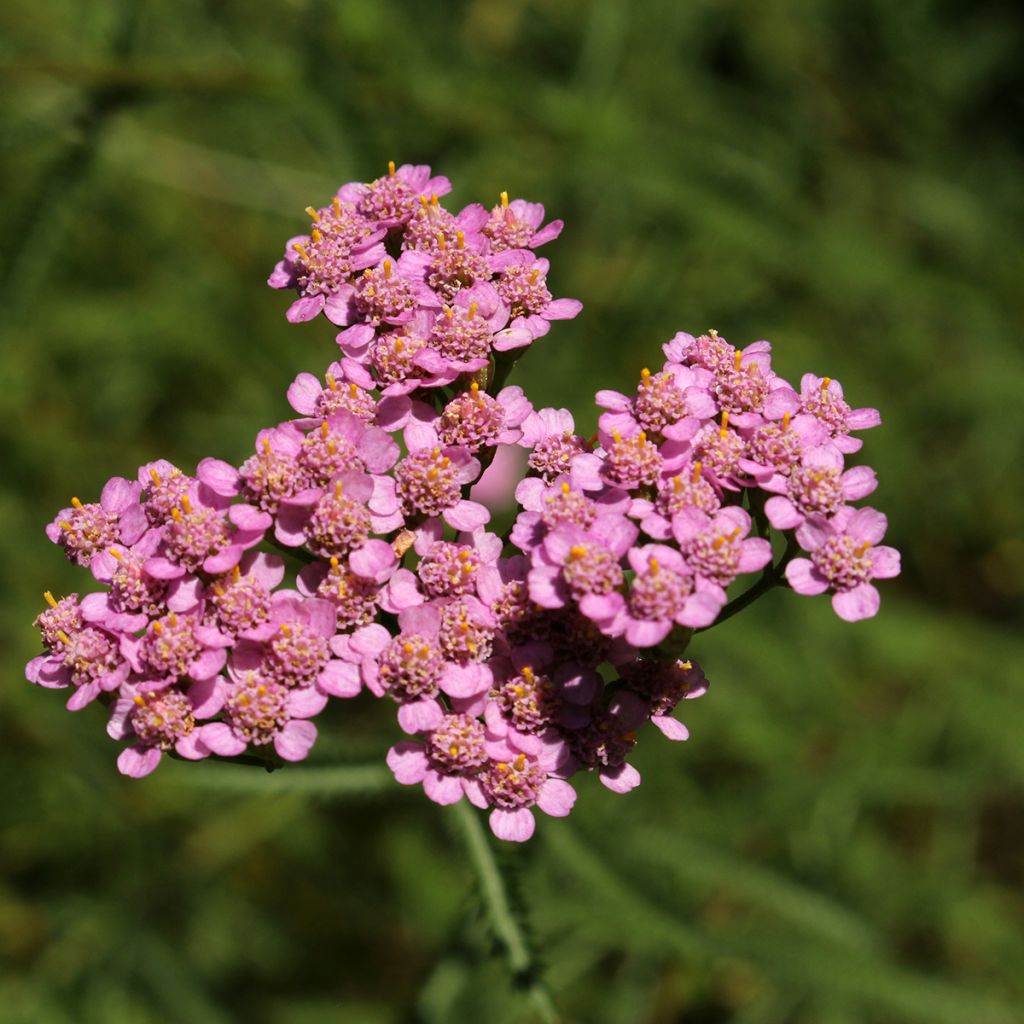

Achillea asplenifolia
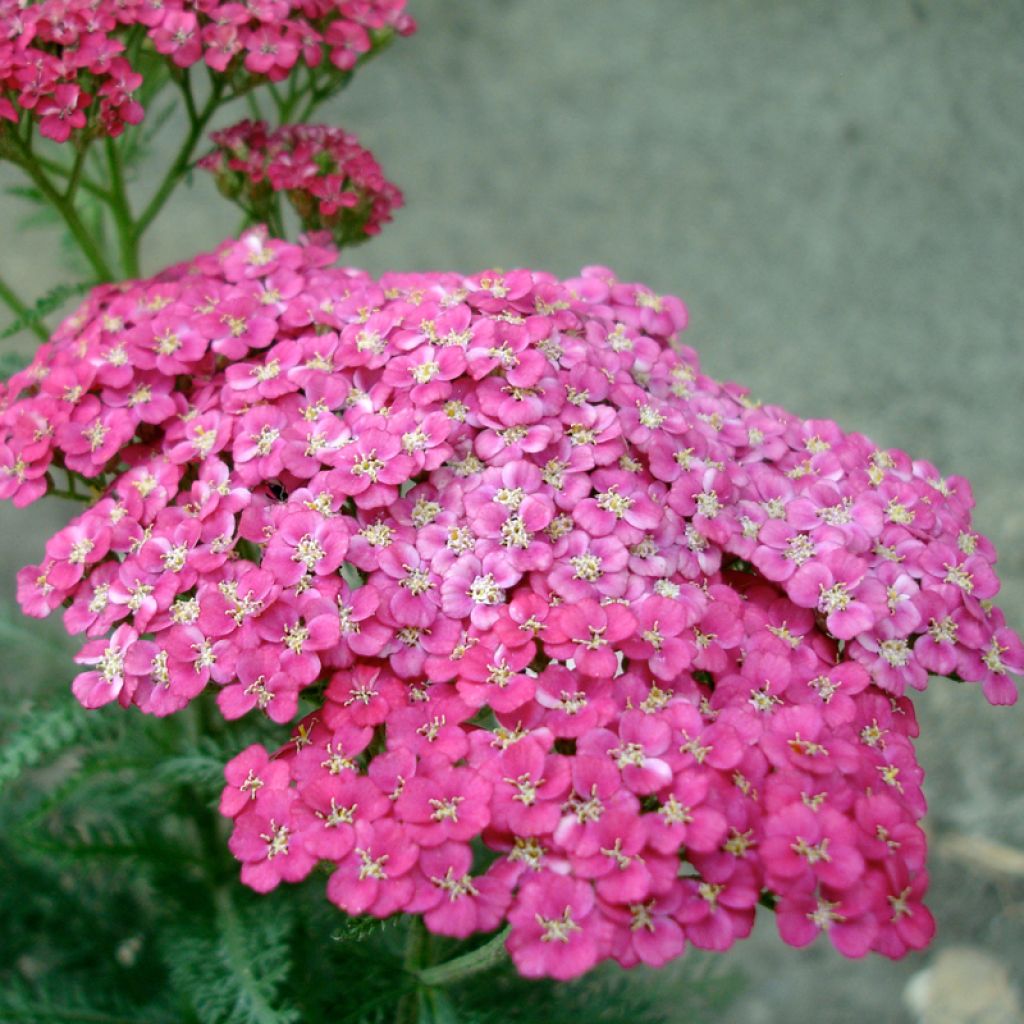

Achillea asplenifolia
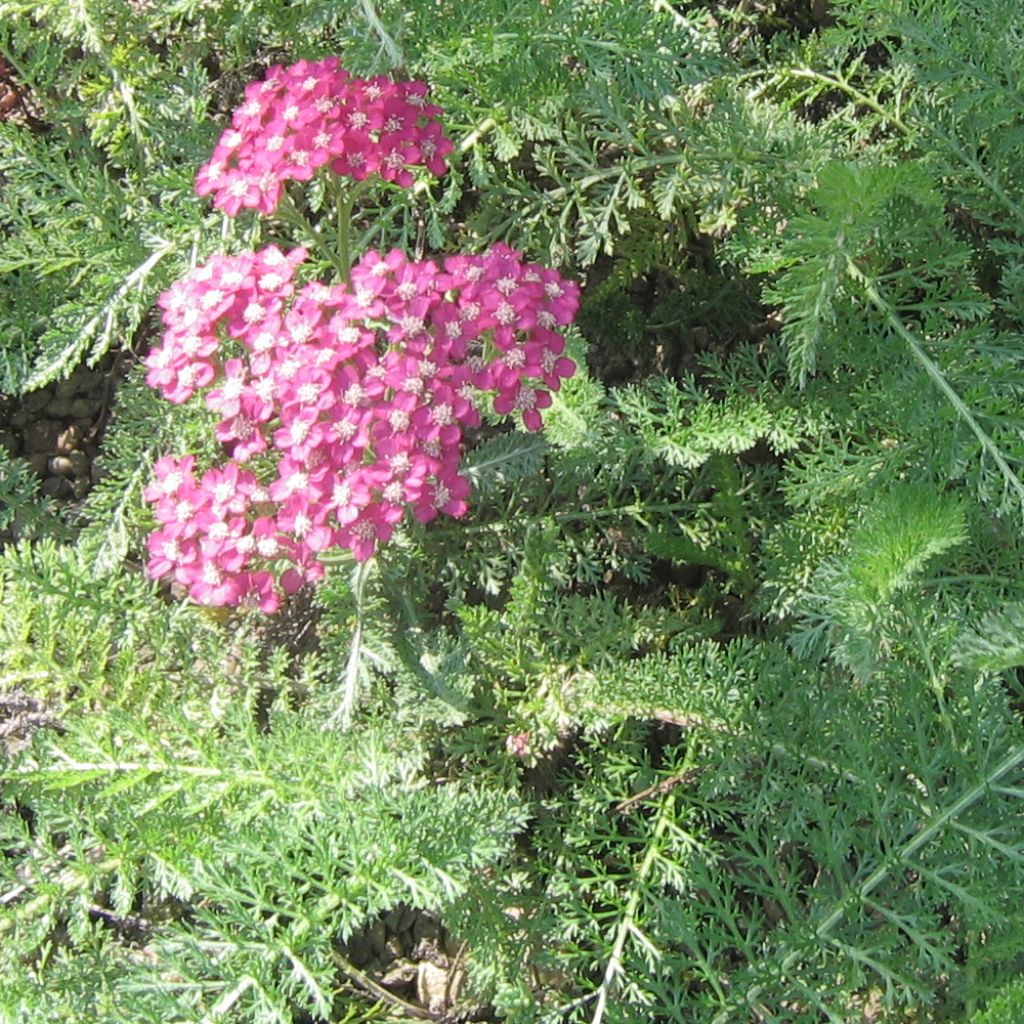

Achillea asplenifolia
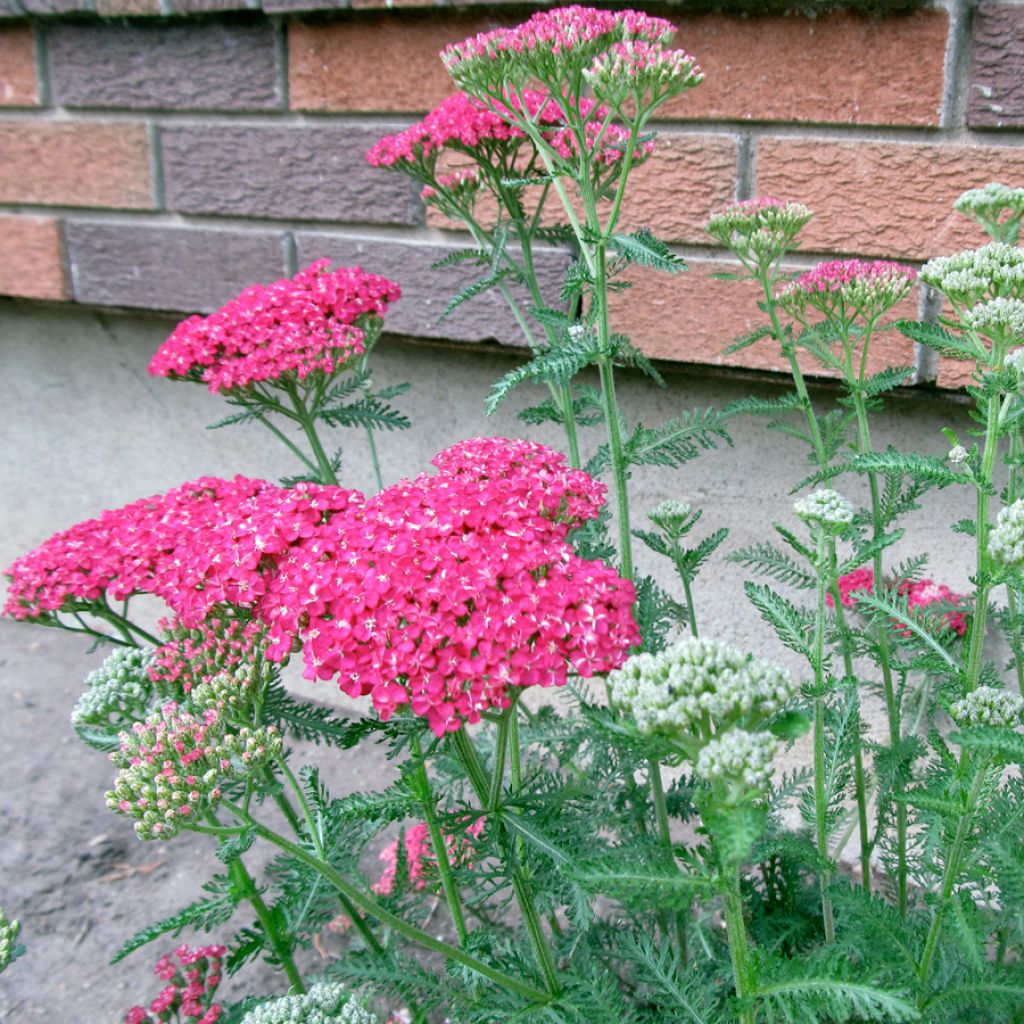

Achillea asplenifolia
Achillea asplenifolia
Achillea asplenifolia
Balkan yarrow, Greek yarrow
Why not try an alternative variety in stock?
View all →This plant carries a 12 months recovery warranty
More information
We guarantee the quality of our plants for a full growing cycle, and will replace at our expense any plant that fails to recover under normal climatic and planting conditions.
From €5.90 for pickup delivery and €6.90 for home delivery
Express home delivery from €8.90.
Does this plant fit my garden?
Set up your Plantfit profile →
Description
Achillea asplenifolia is a species native to central Europe, similar to the common yarrow, but distinguished by its vigour and larger size. It produces beautiful flat flower heads in shades of purple-red to pink throughout the summer, which rise above its finely cut foliage. This hardy perennial is stunning when allowed to grow freely in a wild garden. It thrives in sunny positions in any soil type, including salty, wet, and clay soils.
Achillea asplenifolia, also known as the Fernleaf Yarrow, is often described as a variety of the more common Achillea millefolium. Its distribution area extends from southern Moravia to Austria (Lower Austria), southern Slovakia, Hungary, Romania (Transylvania), Croatia, and Serbia. It can cover wet meadows, marshes, salty environments, and ditches, often growing alongside reeds and sedges in flatlands and at higher altitudes.
This perennial yarrow forms a slightly furry shrub, reaching 60 to 80 cm (24 to 32in) in height and 60 cm (24in) in width. Its foliage is finely cut, pale green, sometimes slightly downy, occasionally glossy. The leaves of this plant look like those of a bird's nest fern and have wide terminal segments. They contain essential oils that have medicinal properties. The flowering period, remarkably long, occurs from May to September. The flat umbel flower heads are red to pink and truly vibrant.
Yarrows are a type of plant that can thrive in sunny areas and are very hardy. Achillea asplenifolia is a particularly strong perennial that can adapt well to various conditions. It is an excellent choice for rockeries, walls, borders, or slopes, as it helps prevent erosion. It also grows well alongside brackish water or ponds. The plant spreads quickly, allowing it to cover large areas and reducing the need for mowing in low-traffic zones. It can even tolerate competition from tree roots. As it is easy to grow and highly adaptable, it is perfect for wild gardens alongside asphodels, Isatis glauca, or euphorbias.
The Achillea asplenifolia is being studied for its medicinal qualities because it contains 15 new organic compounds known as lactones in its tissues. Its essential oil might have unique therapeutic benefits.
Report an error about the product description
Achillea asplenifolia in pictures


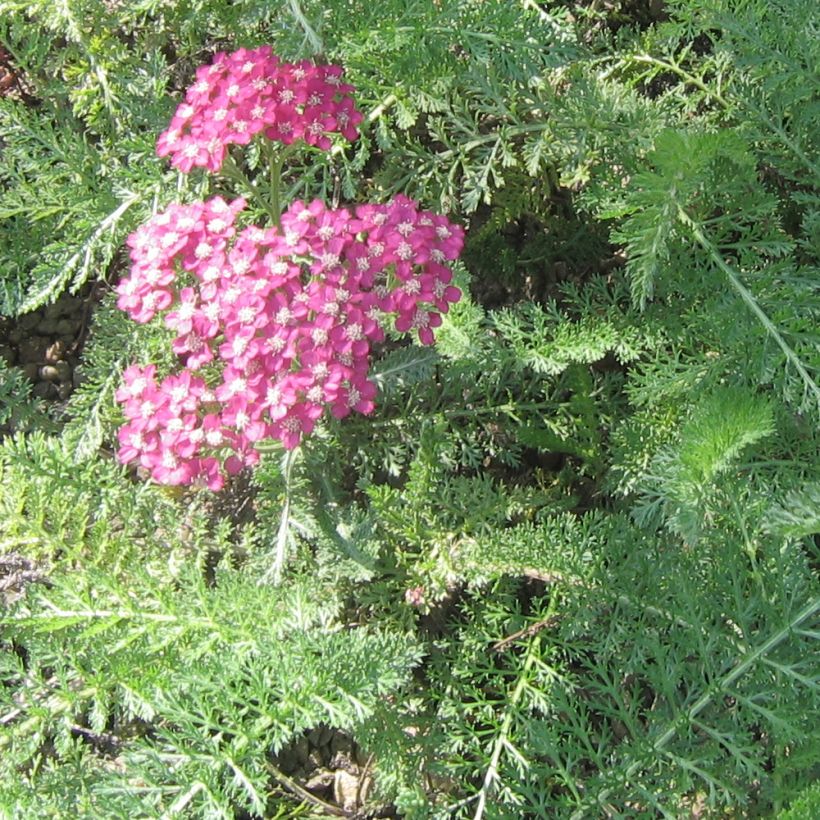

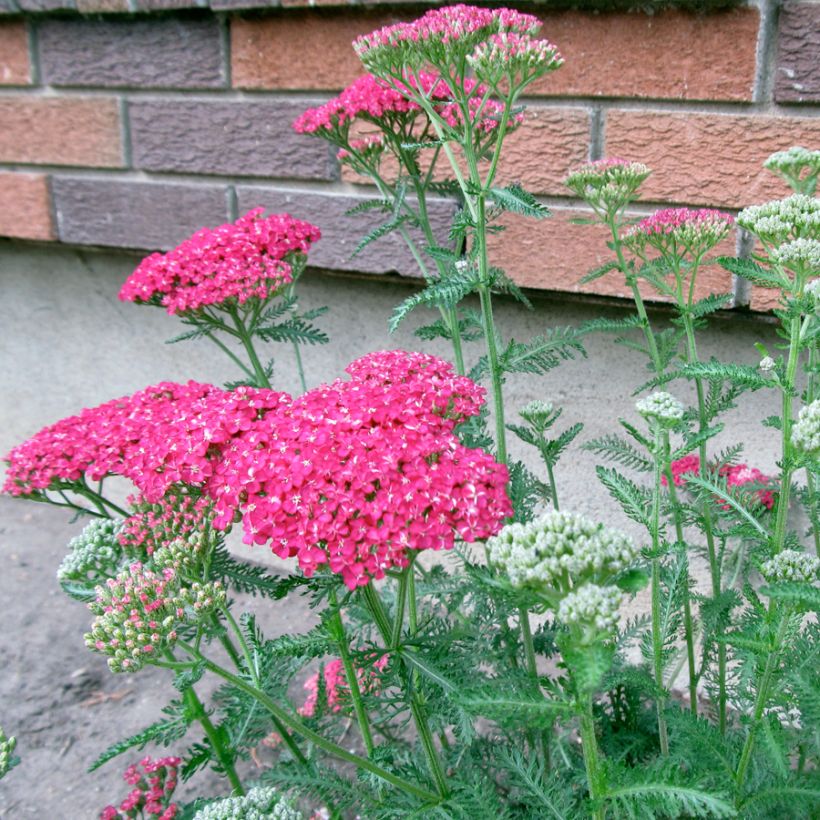

Flowering
Foliage
Plant habit
Botanical data
Achillea
asplenifolia
Asteraceae
Balkan yarrow, Greek yarrow
Central Europe
Other Achillea
Planting and care
The Achillea asplenifolia is a sun-loving plant that can grow in ordinary, fertile soil. It can also adapt to waterlogged or flooded soils, making it a hardy plant. This species is not very picky about soil conditions and can even tolerate salty soil.
Planting period
Intended location
Care
This item has not been reviewed yet - be the first to leave a review about it.
Summer flowering perennials
Haven't found what you were looking for?
Hardiness is the lowest winter temperature a plant can endure without suffering serious damage or even dying. However, hardiness is affected by location (a sheltered area, such as a patio), protection (winter cover) and soil type (hardiness is improved by well-drained soil).

Photo Sharing Terms & Conditions
In order to encourage gardeners to interact and share their experiences, Promesse de fleurs offers various media enabling content to be uploaded onto its Site - in particular via the ‘Photo sharing’ module.
The User agrees to refrain from:
- Posting any content that is illegal, prejudicial, insulting, racist, inciteful to hatred, revisionist, contrary to public decency, that infringes on privacy or on the privacy rights of third parties, in particular the publicity rights of persons and goods, intellectual property rights, or the right to privacy.
- Submitting content on behalf of a third party;
- Impersonate the identity of a third party and/or publish any personal information about a third party;
In general, the User undertakes to refrain from any unethical behaviour.
All Content (in particular text, comments, files, images, photos, videos, creative works, etc.), which may be subject to property or intellectual property rights, image or other private rights, shall remain the property of the User, subject to the limited rights granted by the terms of the licence granted by Promesse de fleurs as stated below. Users are at liberty to publish or not to publish such Content on the Site, notably via the ‘Photo Sharing’ facility, and accept that this Content shall be made public and freely accessible, notably on the Internet.
Users further acknowledge, undertake to have ,and guarantee that they hold all necessary rights and permissions to publish such material on the Site, in particular with regard to the legislation in force pertaining to any privacy, property, intellectual property, image, or contractual rights, or rights of any other nature. By publishing such Content on the Site, Users acknowledge accepting full liability as publishers of the Content within the meaning of the law, and grant Promesse de fleurs, free of charge, an inclusive, worldwide licence for the said Content for the entire duration of its publication, including all reproduction, representation, up/downloading, displaying, performing, transmission, and storage rights.
Users also grant permission for their name to be linked to the Content and accept that this link may not always be made available.
By engaging in posting material, Users consent to their Content becoming automatically accessible on the Internet, in particular on other sites and/or blogs and/or web pages of the Promesse de fleurs site, including in particular social pages and the Promesse de fleurs catalogue.
Users may secure the removal of entrusted content free of charge by issuing a simple request via our contact form.
The flowering period indicated on our website applies to countries and regions located in USDA zone 8 (France, the United Kingdom, Ireland, the Netherlands, etc.)
It will vary according to where you live:
- In zones 9 to 10 (Italy, Spain, Greece, etc.), flowering will occur about 2 to 4 weeks earlier.
- In zones 6 to 7 (Germany, Poland, Slovenia, and lower mountainous regions), flowering will be delayed by 2 to 3 weeks.
- In zone 5 (Central Europe, Scandinavia), blooming will be delayed by 3 to 5 weeks.
In temperate climates, pruning of spring-flowering shrubs (forsythia, spireas, etc.) should be done just after flowering.
Pruning of summer-flowering shrubs (Indian Lilac, Perovskia, etc.) can be done in winter or spring.
In cold regions as well as with frost-sensitive plants, avoid pruning too early when severe frosts may still occur.
The planting period indicated on our website applies to countries and regions located in USDA zone 8 (France, United Kingdom, Ireland, Netherlands).
It will vary according to where you live:
- In Mediterranean zones (Marseille, Madrid, Milan, etc.), autumn and winter are the best planting periods.
- In continental zones (Strasbourg, Munich, Vienna, etc.), delay planting by 2 to 3 weeks in spring and bring it forward by 2 to 4 weeks in autumn.
- In mountainous regions (the Alps, Pyrenees, Carpathians, etc.), it is best to plant in late spring (May-June) or late summer (August-September).
The harvesting period indicated on our website applies to countries and regions in USDA zone 8 (France, England, Ireland, the Netherlands).
In colder areas (Scandinavia, Poland, Austria...) fruit and vegetable harvests are likely to be delayed by 3-4 weeks.
In warmer areas (Italy, Spain, Greece, etc.), harvesting will probably take place earlier, depending on weather conditions.
The sowing periods indicated on our website apply to countries and regions within USDA Zone 8 (France, UK, Ireland, Netherlands).
In colder areas (Scandinavia, Poland, Austria...), delay any outdoor sowing by 3-4 weeks, or sow under glass.
In warmer climes (Italy, Spain, Greece, etc.), bring outdoor sowing forward by a few weeks.

































